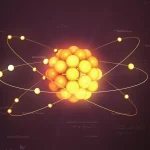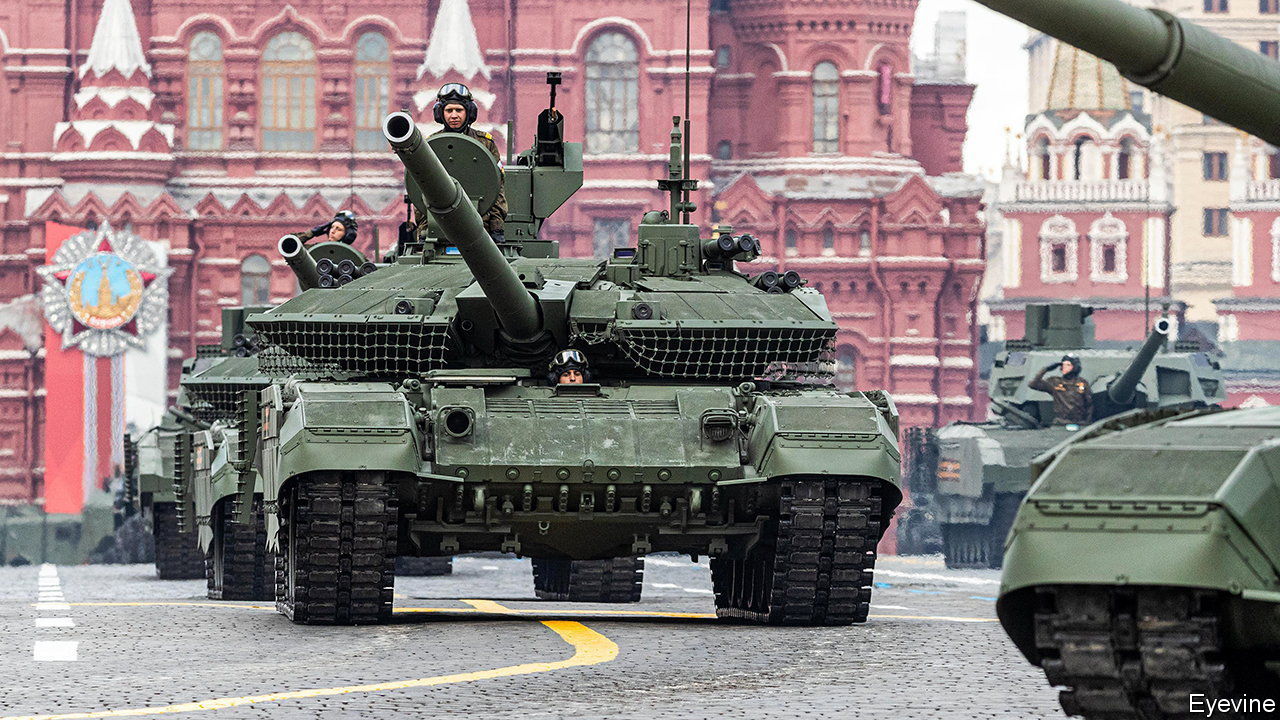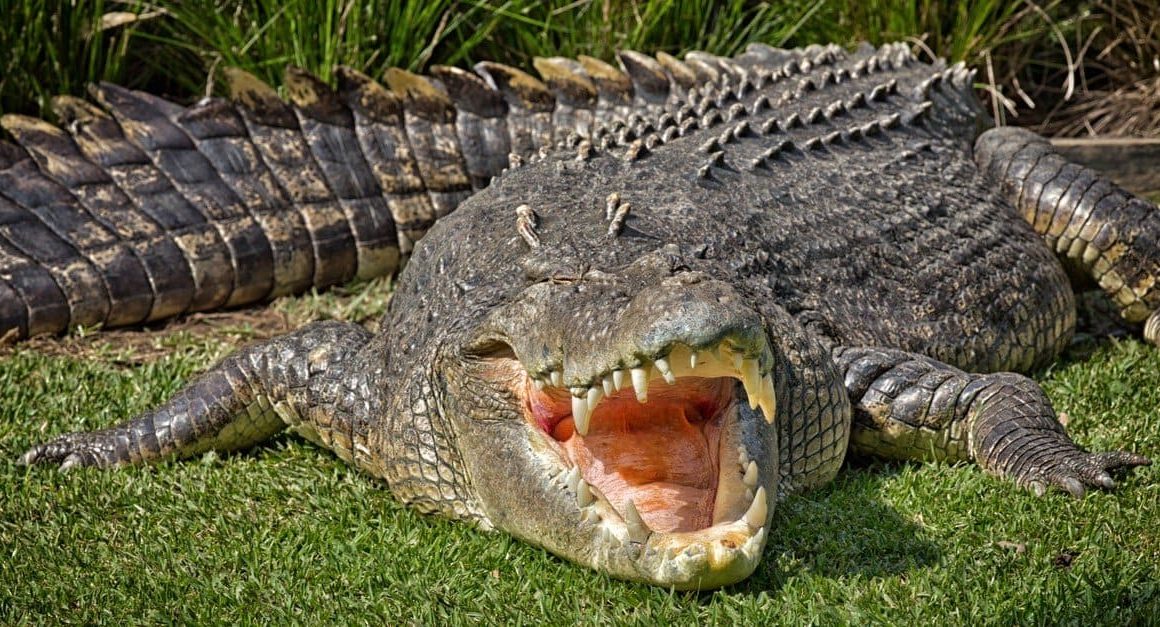It was early morning when the sky over Ukraine darkened—not from clouds, but from the roar of engines and the weight of war. As Russia launched its military campaign in 2022, the world turned its attention to one chilling question: How many tanks does Russia have?
Journalists, intelligence agencies, and military analysts scrambled to understand the scale of Russia’s armored force. Citizens across Europe watched in disbelief, wondering how such a conflict could erupt again on the continent. And behind all the headlines, one number loomed larger than others—how many tanks rolled across that border?
A Legacy of Steel Giants
To understand the answer, we need to look back.
Russia’s obsession with tanks didn’t start in the 21st century. It began in the fiery crucible of World War II, where the Soviet T-34 became a legend. The nation poured its industrial might into building armored vehicles, aiming not just for survival, but for domination. During the Cold War, the Soviet Union maintained tens of thousands of tanks, often far outnumbering NATO forces.
Even after the USSR collapsed in 1991, Russia inherited that massive fleet. Over the years, some were retired, others upgraded, and new models were designed. But the tank remained at the core of Russian military identity.
How Many Tanks Does Russia Have?
Now comes the big question. How many tanks does Russia have in its arsenal today?
Estimates vary depending on the source, but as of 2025, the widely accepted number is staggering. According to multiple defense research organizations, Russia possesses approximately 12,000 tanks. Of these:
- 2,000–3,000 tanks are considered active, meaning they are fully operational and combat-ready.
- The rest are in storage, many of which are outdated or require repairs but could be refurbished if needed.
These include a range of models:
- T-72 – Russia’s most common tank, highly modernized.
- T-80 – Known for its speed and power, especially in cold climates.
- T-90 – The modern workhorse of Russia’s armored units.
- T-14 Armata – A next-generation tank, though still not widely deployed.
The sheer number—12,000—might seem like an overwhelming advantage. But numbers alone don’t win wars.
Inside Russia’s Tank Strategy
Russia doesn’t just collect tanks like trophies. Each plays a specific role in its military doctrine.
The country’s geography is vast. From icy tundras to desert-like steppes, its military must prepare for any terrain. Tanks provide mobility, firepower, and fear—a psychological weapon as much as a physical one.
In recent years, Russia has focused on modernizing its tank fleet. Its doctrine revolves around “deep operations”—large, sweeping movements where tanks punch holes through enemy lines, followed by infantry and support units.
However, modernization comes with challenges. Sanctions, war losses, and outdated factories have slowed production. The high-tech T-14 Armata, though promising, has not been produced in large numbers due to cost and logistical issues.
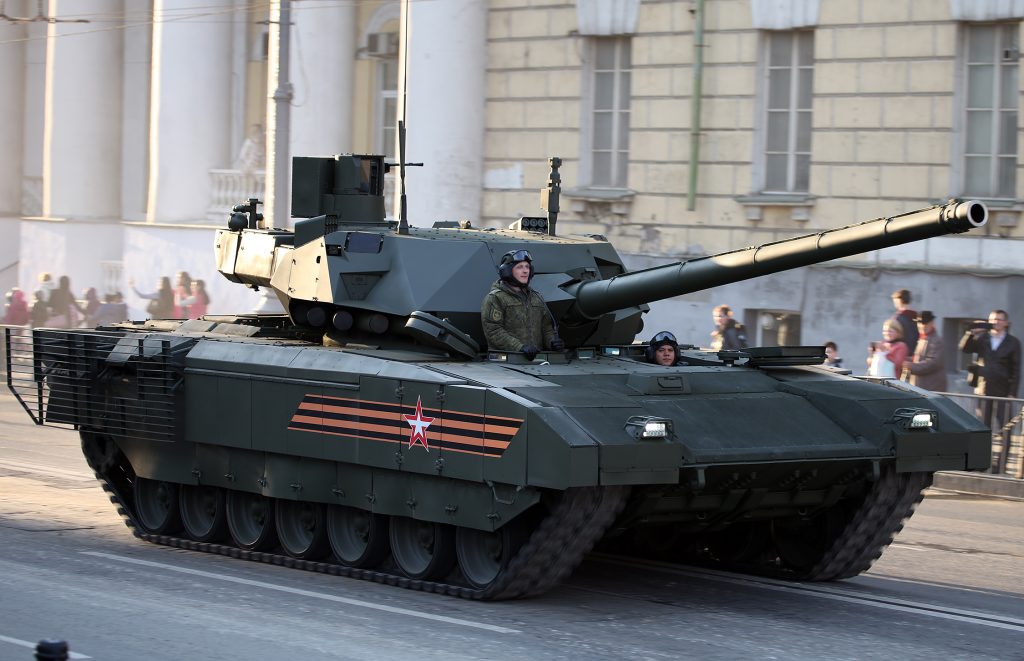
Tanks vs. Technology: The Real Battlefield
In today’s warfare, drones, satellite-guided missiles, and cyber tools often overshadow traditional tanks. The Ukrainian conflict proved that tanks—no matter how many—are vulnerable.
Anti-tank weapons like the U.S.-made Javelin, Turkish Bayraktar drones, and improvised roadside bombs have taken a toll. Dozens of Russian tanks were destroyed in the first months of the invasion, many abandoned by their crews.
So when we ask how many tanks does Russia have, we also have to ask—how many can survive modern warfare?
Even a powerful tank is just a steel coffin if used without proper strategy, air support, or infantry protection.
Global Reactions and Military Shifts
Russia’s tank numbers have alarmed NATO, China, and neighbors alike.
In response, NATO countries have boosted their own defense budgets. Poland, for instance, ordered hundreds of U.S. M1 Abrams tanks. Germany is modernizing its Leopard 2 fleet. Finland and Sweden, once neutral, are now NATO members.
Meanwhile, the U.S. continues to emphasize combined-arms warfare—integrating tanks with aircraft, artillery, and digital surveillance systems.
The old Cold War tank races are gone. But in their place is something more dangerous: a world where quantity must be matched with quality, and where mistakes can cost nations their sovereignty.
The Future of Russia’s Armored Power
Looking ahead, Russia is at a crossroads.
Its economy is under pressure. Military losses in Ukraine have reduced trust in its hardware. And global arms markets are shifting away from bulk purchases toward precision systems.
Still, tanks aren’t going away. In the harsh terrains of Eastern Europe or the frozen landscapes of Siberia, no drone can replace the endurance of a well-armored vehicle. Russia is investing in upgrades—reactive armor, improved targeting systems, and better training.
Whether it will succeed depends not just on numbers, but on leadership, strategy, and innovation.
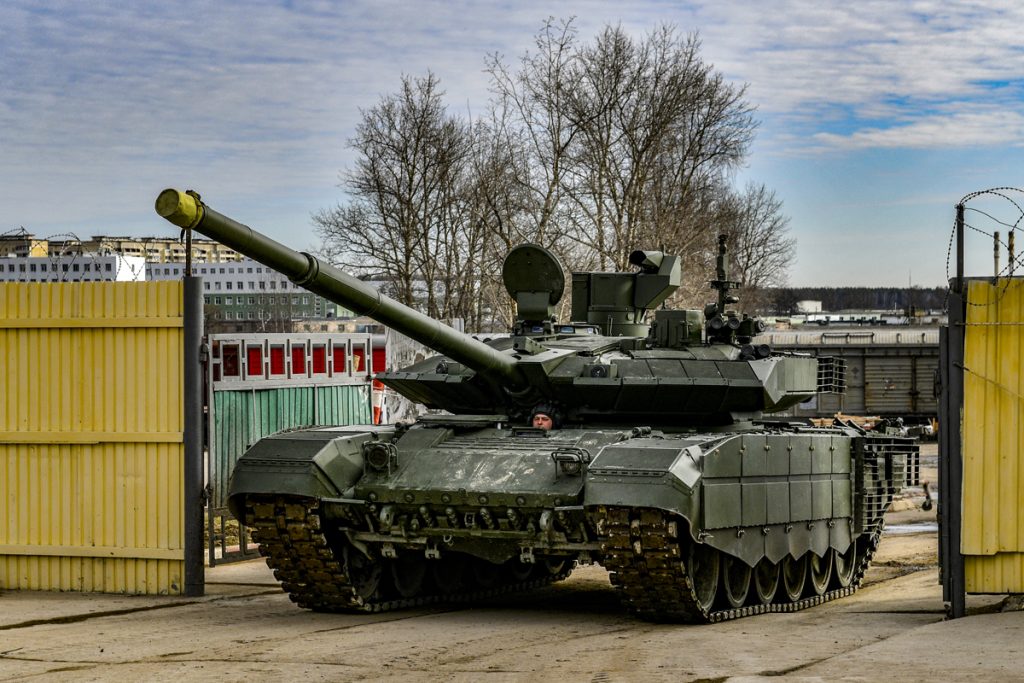
Visit our website for more updates and stories
Final Thoughts: Counting Steel in the Age of Drones
So, how many tanks does Russia have?
Roughly 12,000. But this number hides more than it reveals.
In a world where technology evolves faster than steel can rust, tanks are no longer the deciding factor they once were. They are part of the puzzle, not the full picture.
Russia’s armored legacy is long, and its fleet is massive. But as we’ve seen in recent years, power isn’t measured in quantity alone—it’s in adaptability, precision, and unity.
Whether Russia’s tanks will roll forward or rust in forgotten fields depends not just on how many they have, but how wisely they use them.



